The main idea behind the design of the Ktima house on the island of Antiparos, Greece, was based on using the existing site walls and topography to create two dissimulated house elevations.
‘Ktima’ in Greek stands for farm or plot with fertile land. The project site consists of mostly green steep slopes, with a few trees – an exception in the context of the island. Order and chaos can be found in Greek civilization throughout the ages, including in our days, and the architects were particularly interested in these aspects when developing the design concept of the house. One can perceive this construction in two different ways. From the main access area above, a thick white and abstract line follows the topography and interior requirements. However, looking up from the sea one discovers a facade with a figurative, continuous yet apparently fragmented composition that brings to mind an ancient citadel.
Greek building regulations dictate that volumes can’t exceed ten meters in length, which in turn dictates the composition rhythm and the design of the interior spaces. All of the latter have distinct landscape framing and are particularly varied in terms of the amount and intensity of light. The architects decided to divide the house into two levels: the entrance level, where the main house is located, and the lower level, accommodating the guesthouse, service and staff areas. The house was built following the local building tradition and in accordance with Greek island regulations – both these aspects largely affecting the resulting design.
From the sustainable point of view, the green roof of the house helps keep constant and low temperatures in the interior, without the need for powerful cooling systems. On the back of the house, Camilo Rebelo and Susana Martins incorporated a few patios that are extremely important for ventilating at both levels of the house, overall achieve a low energy design using simple architecture elements and techniques.
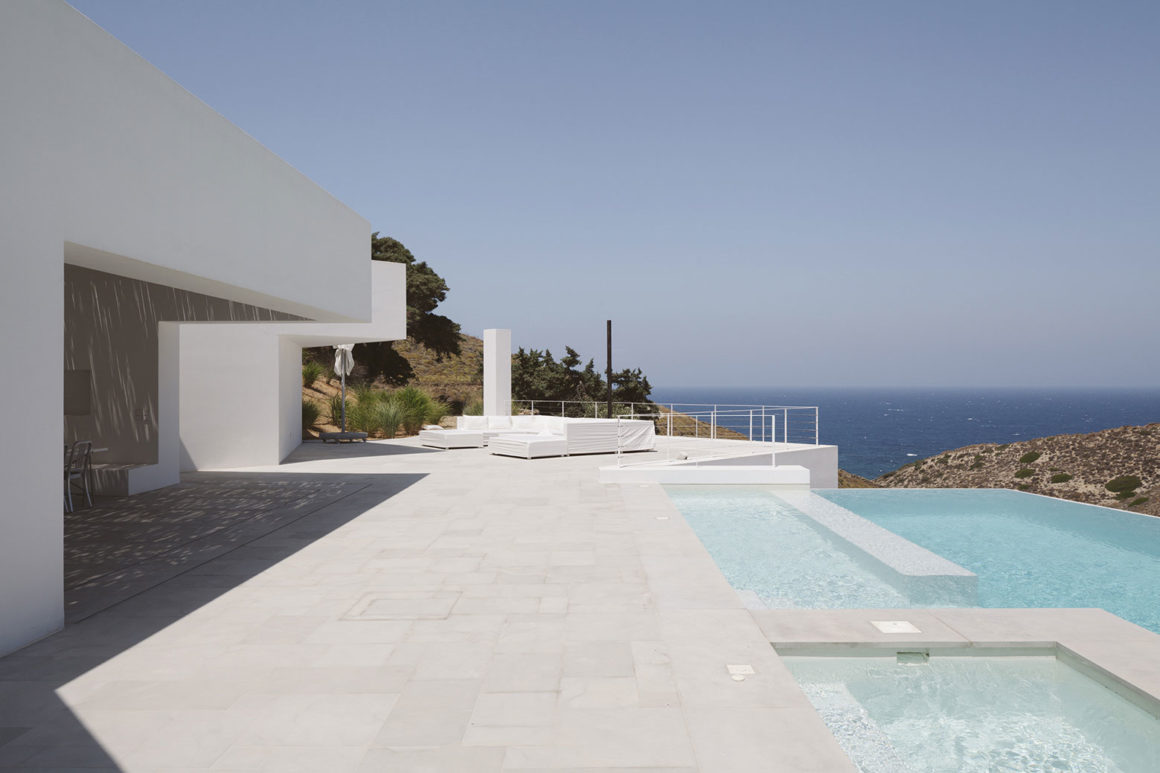
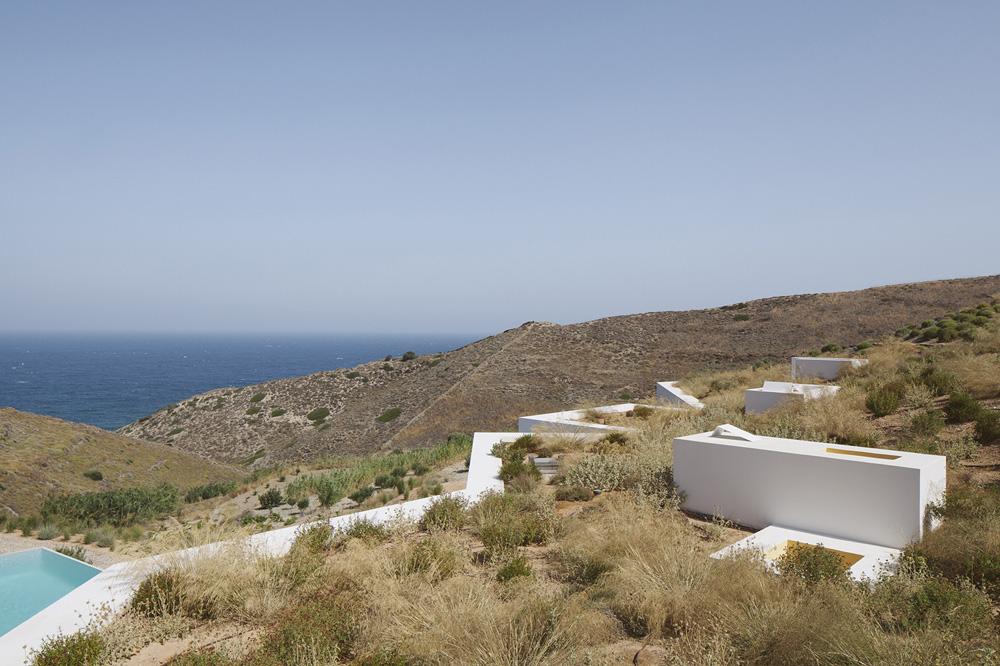
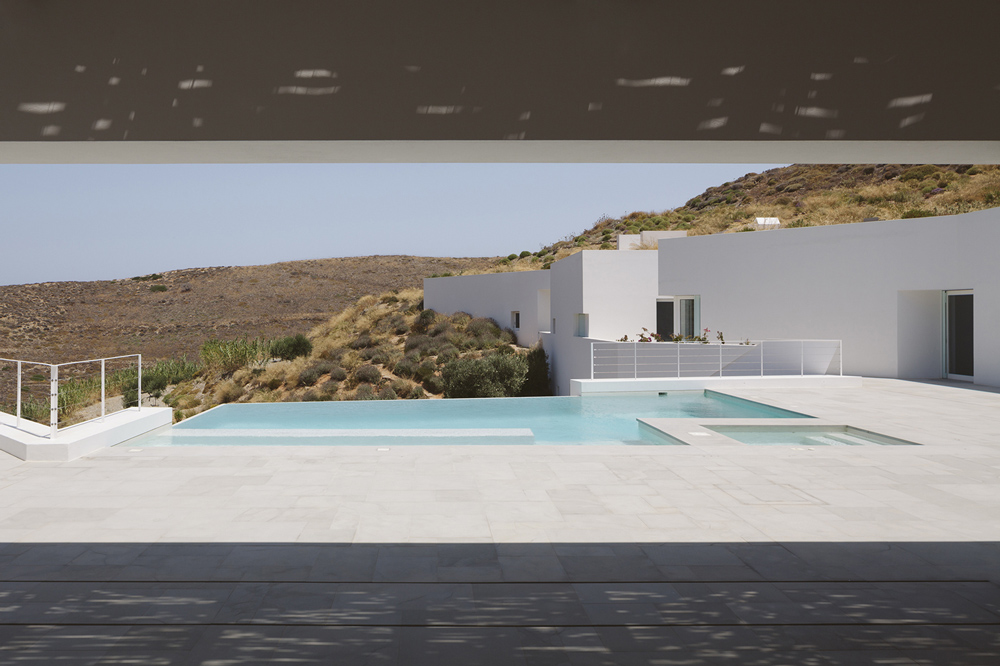
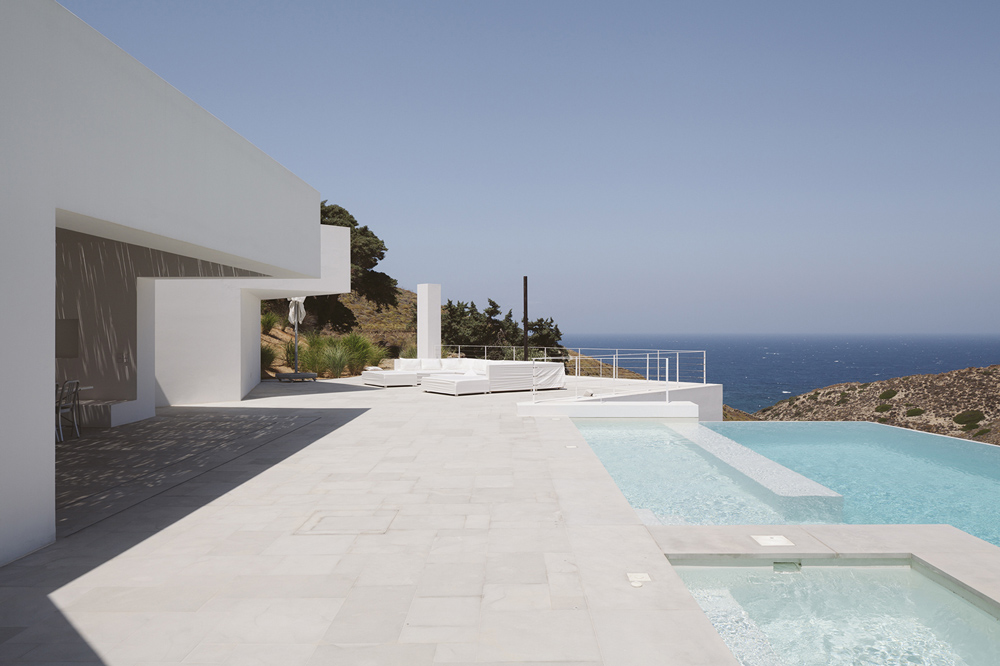
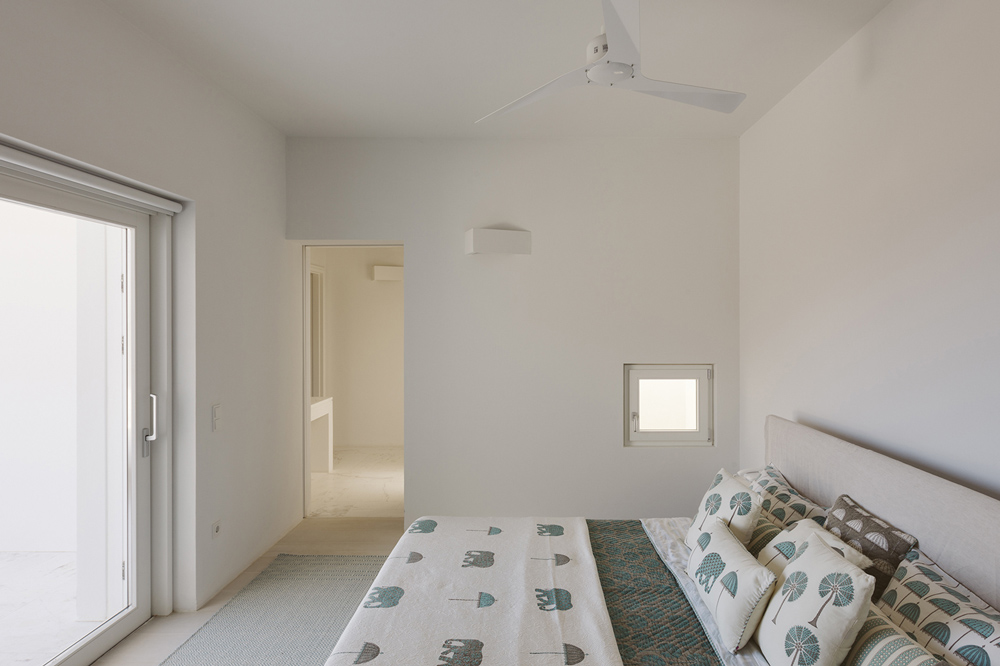
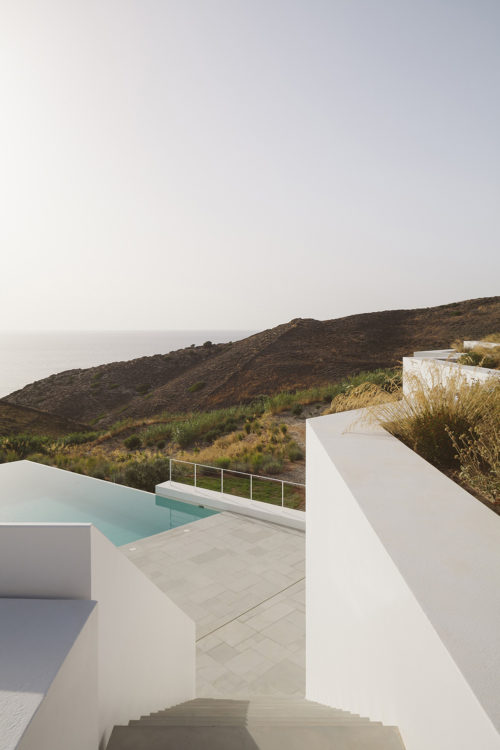
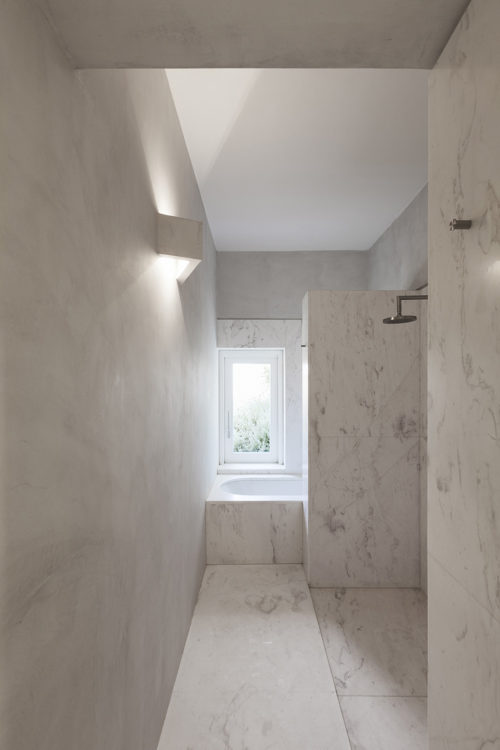
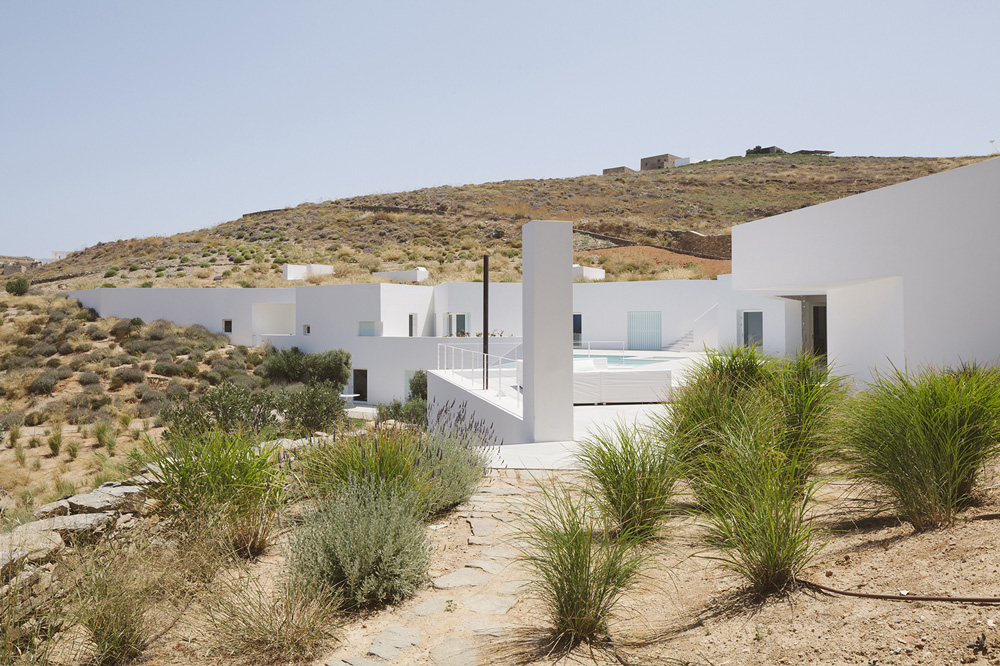
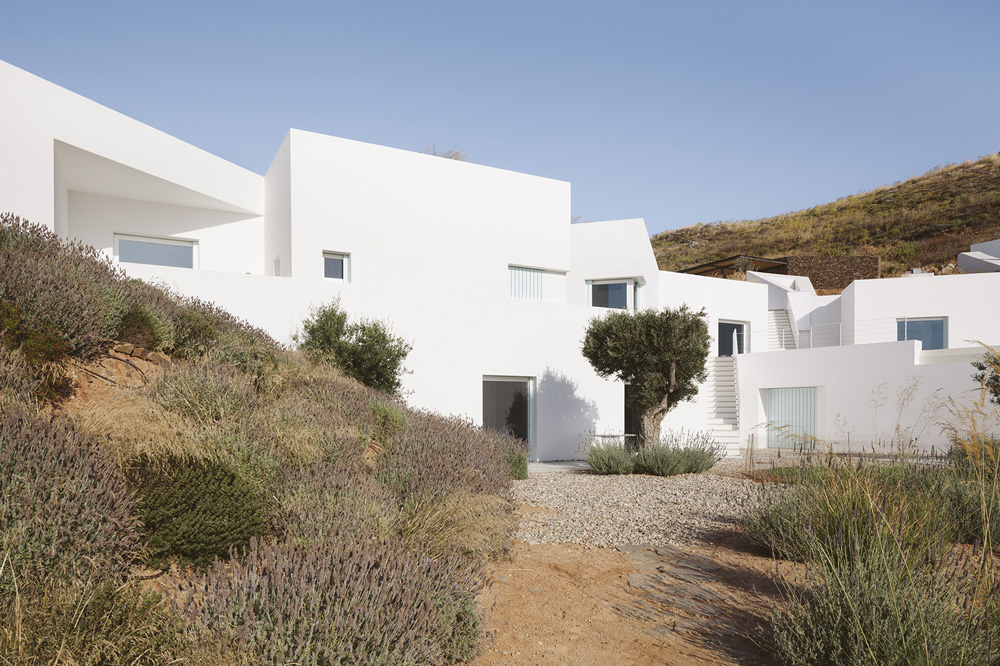
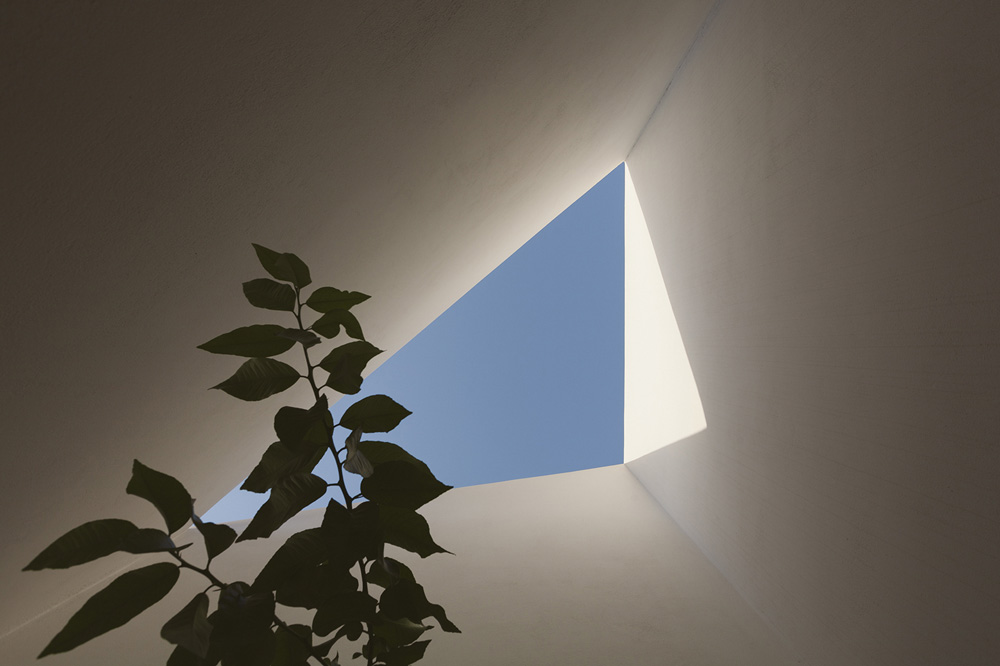
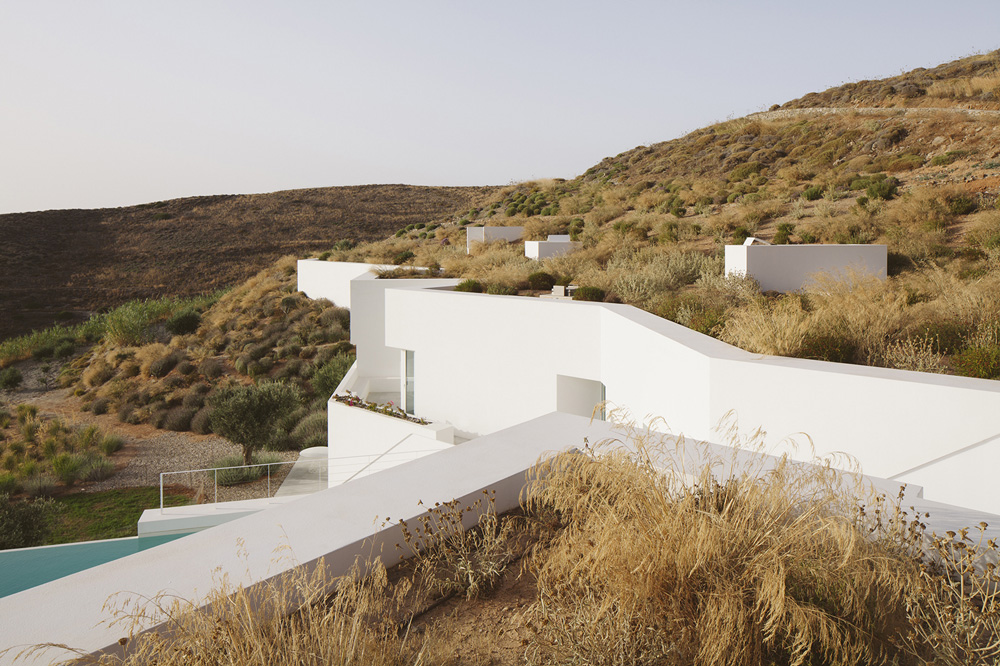
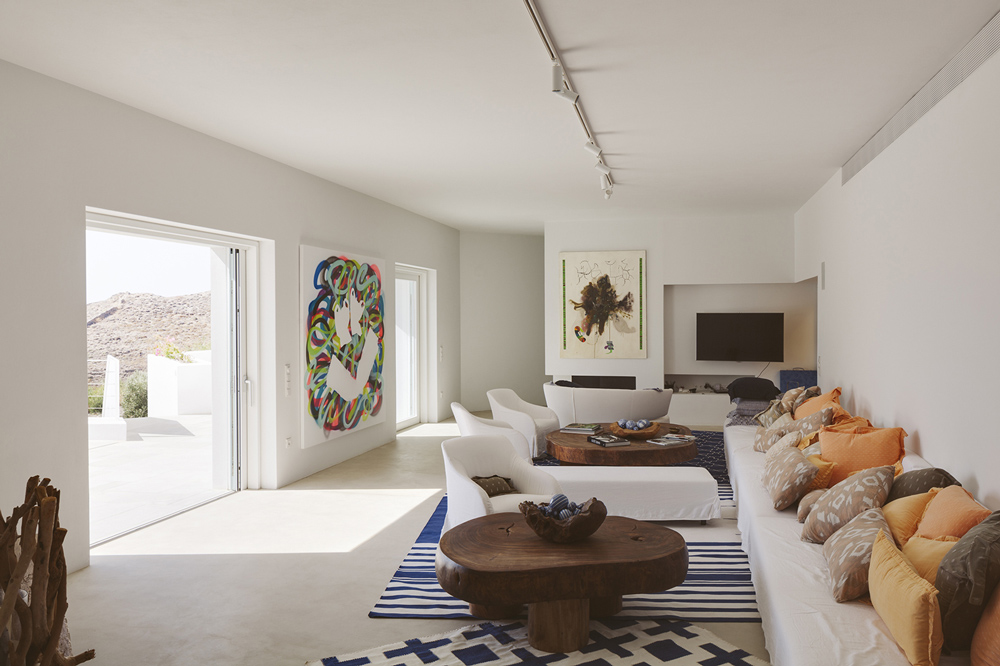
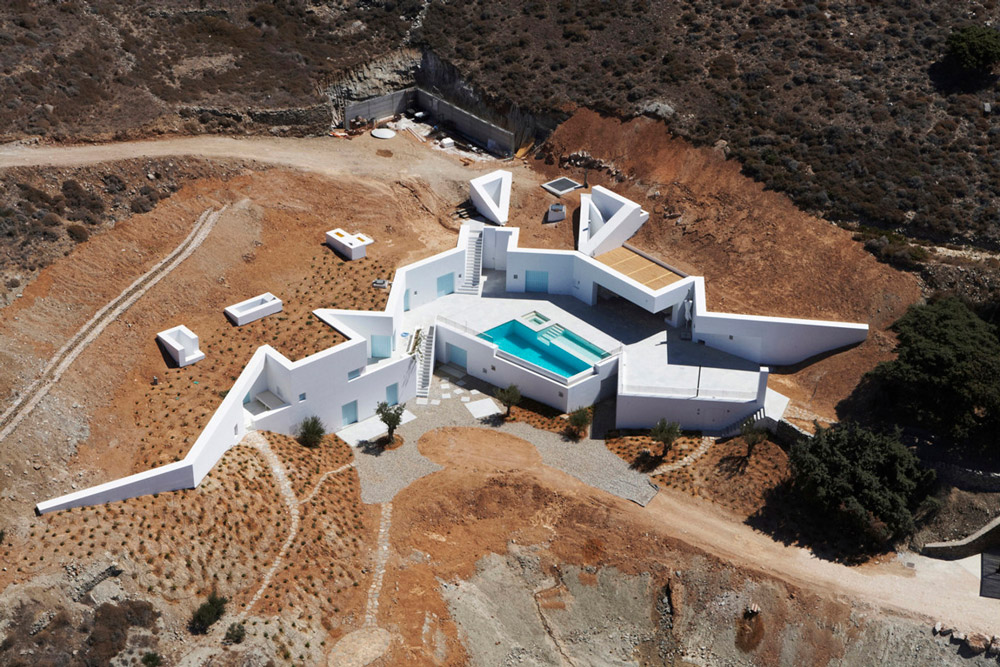
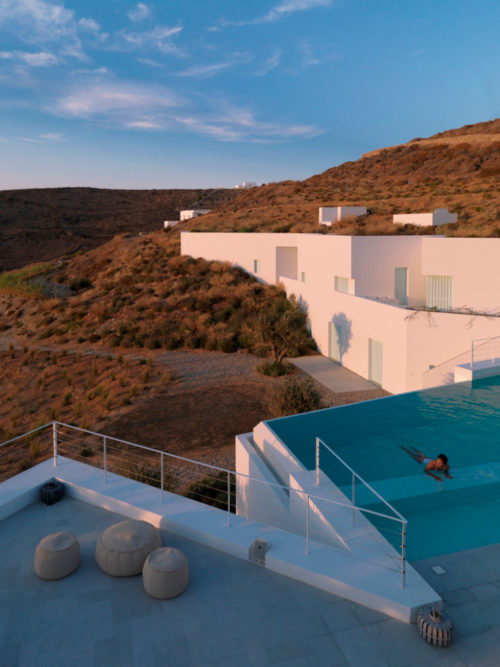
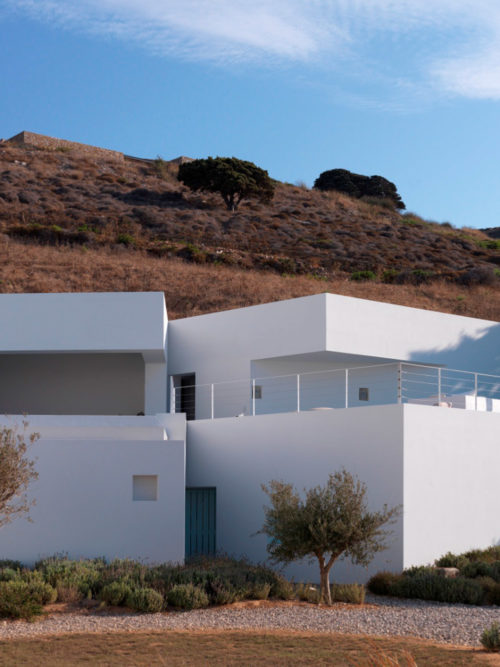
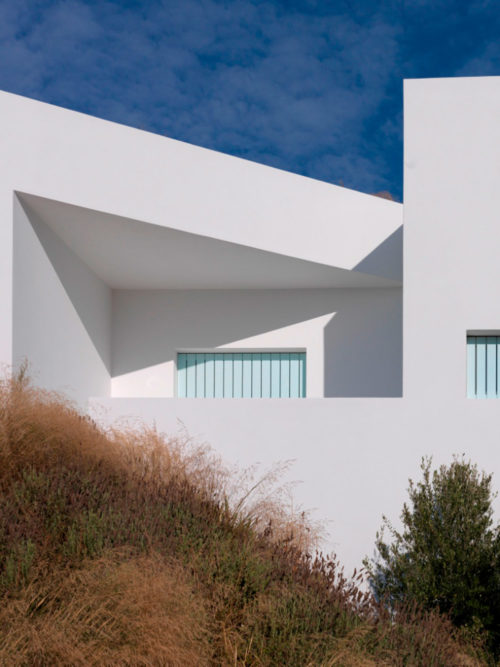
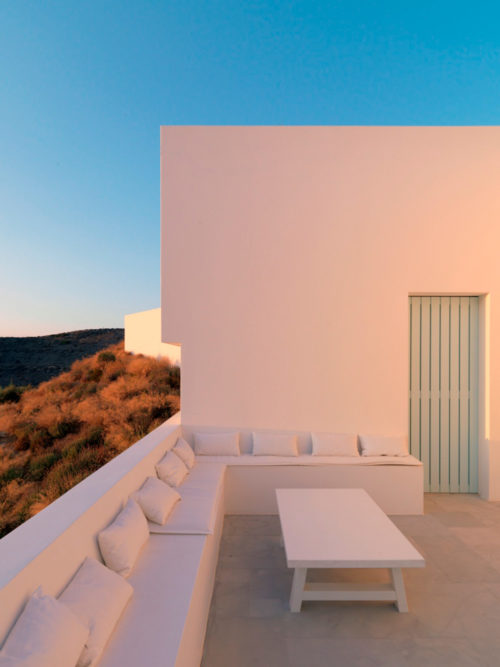

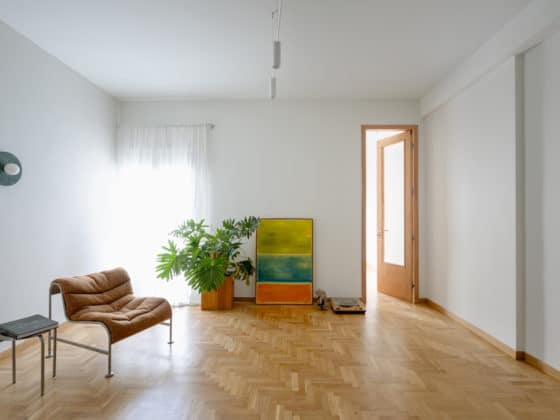
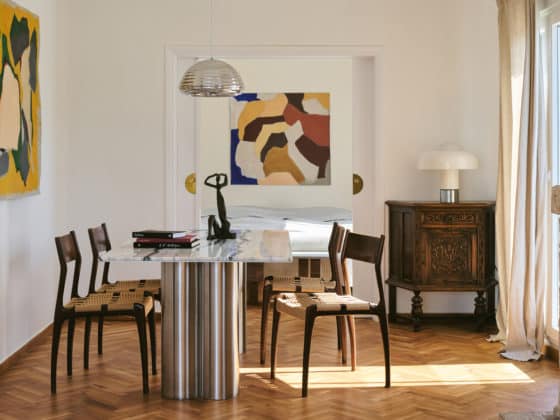

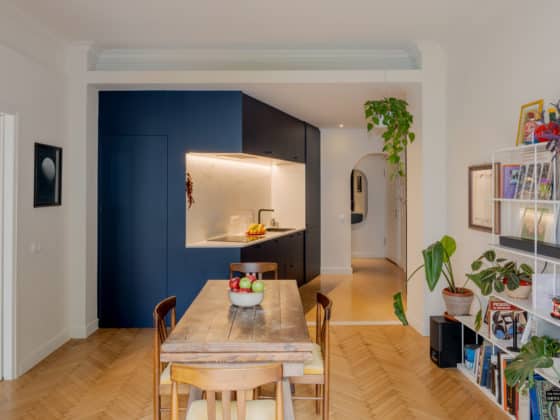

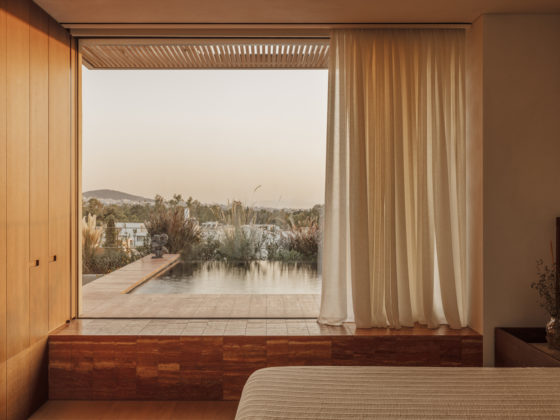
Comments are closed.